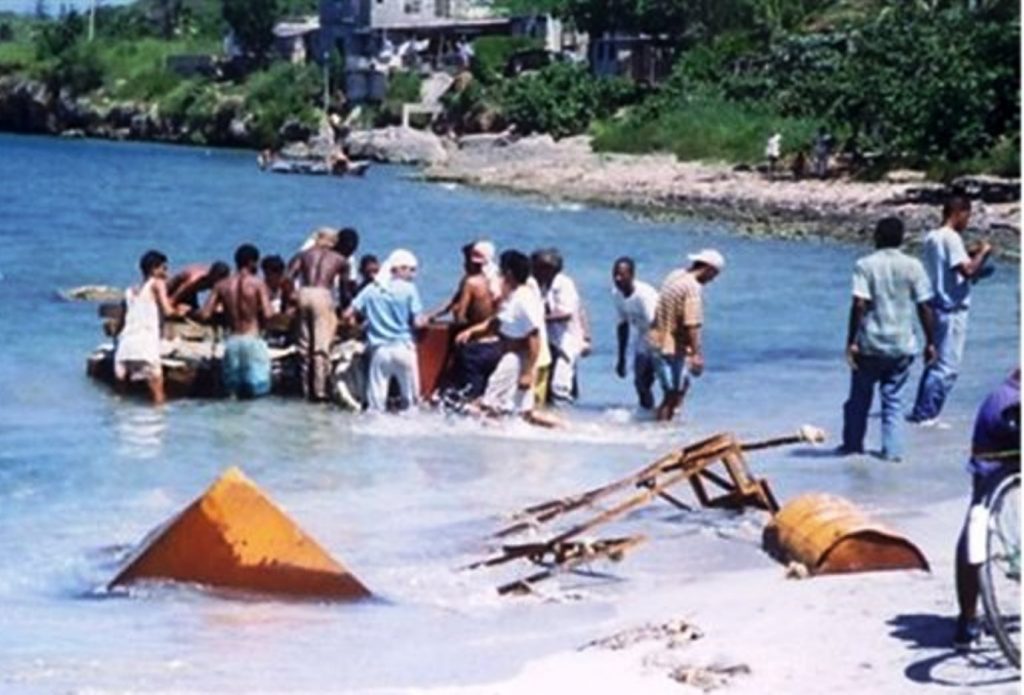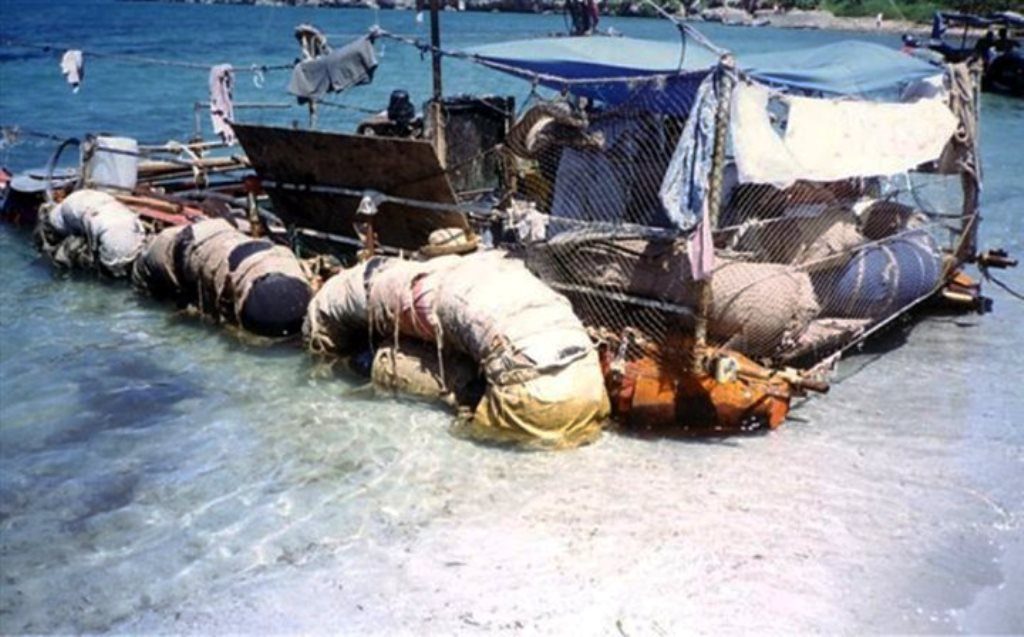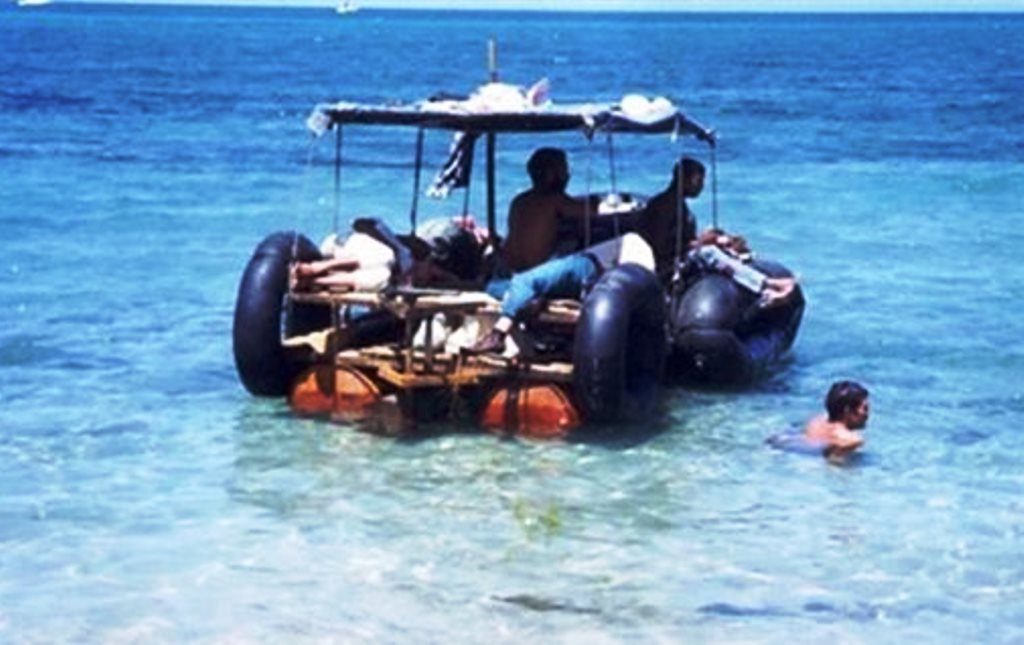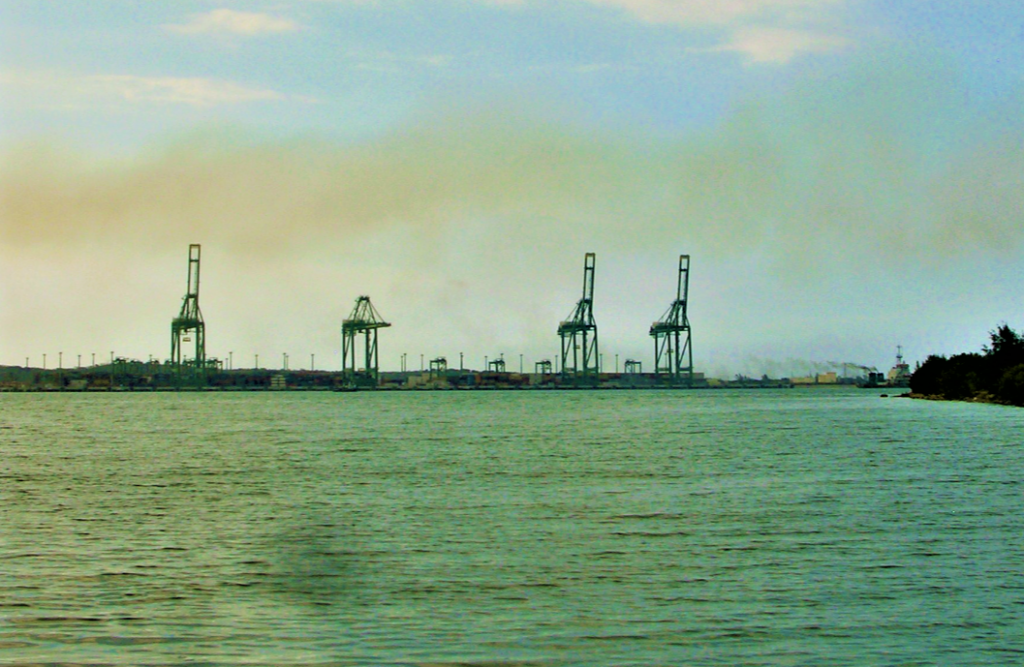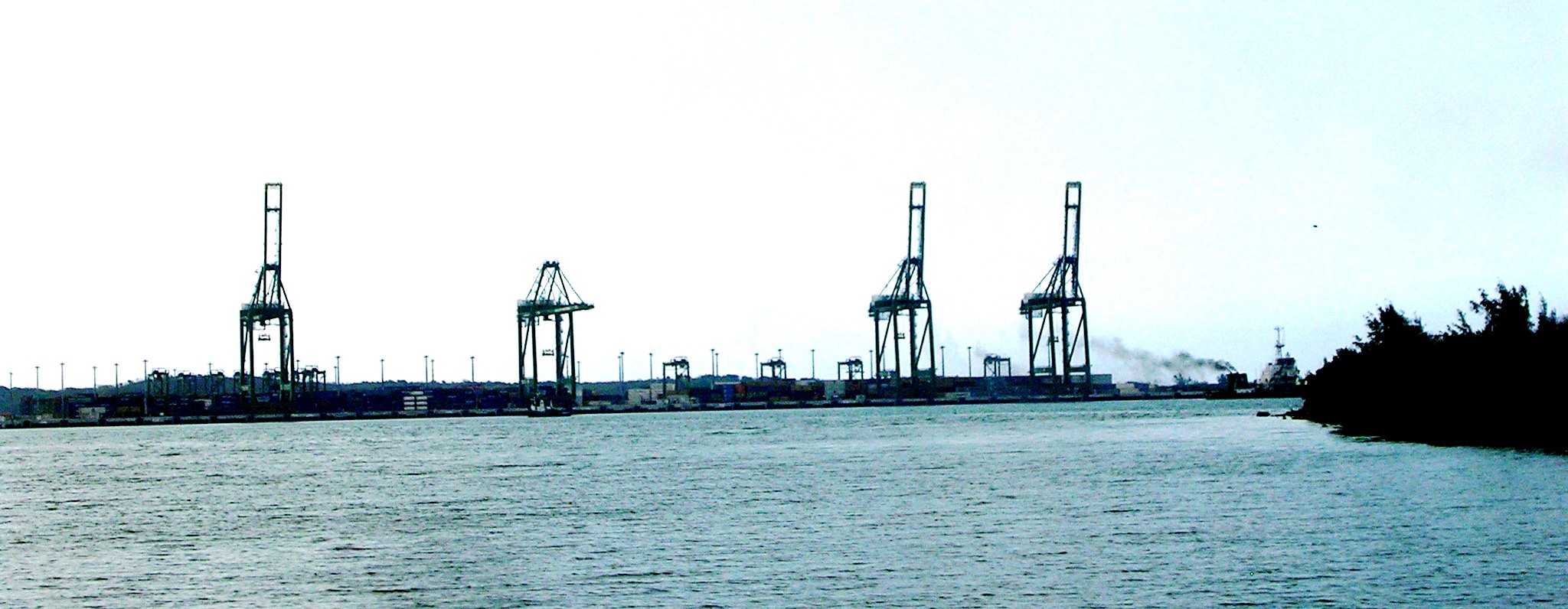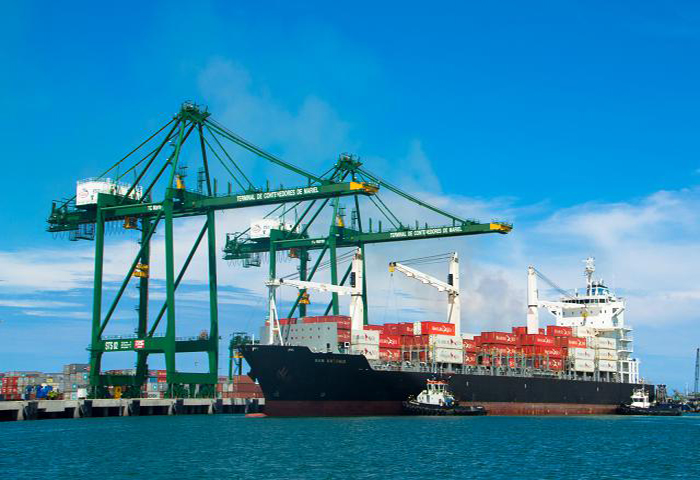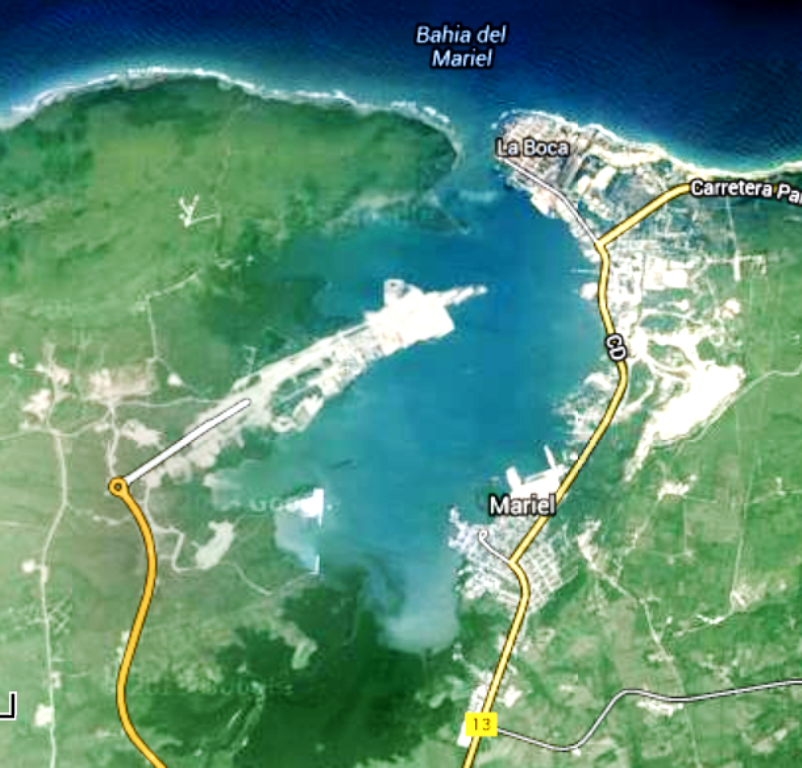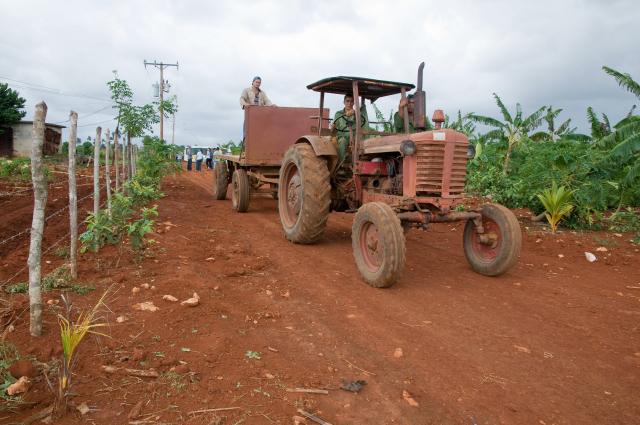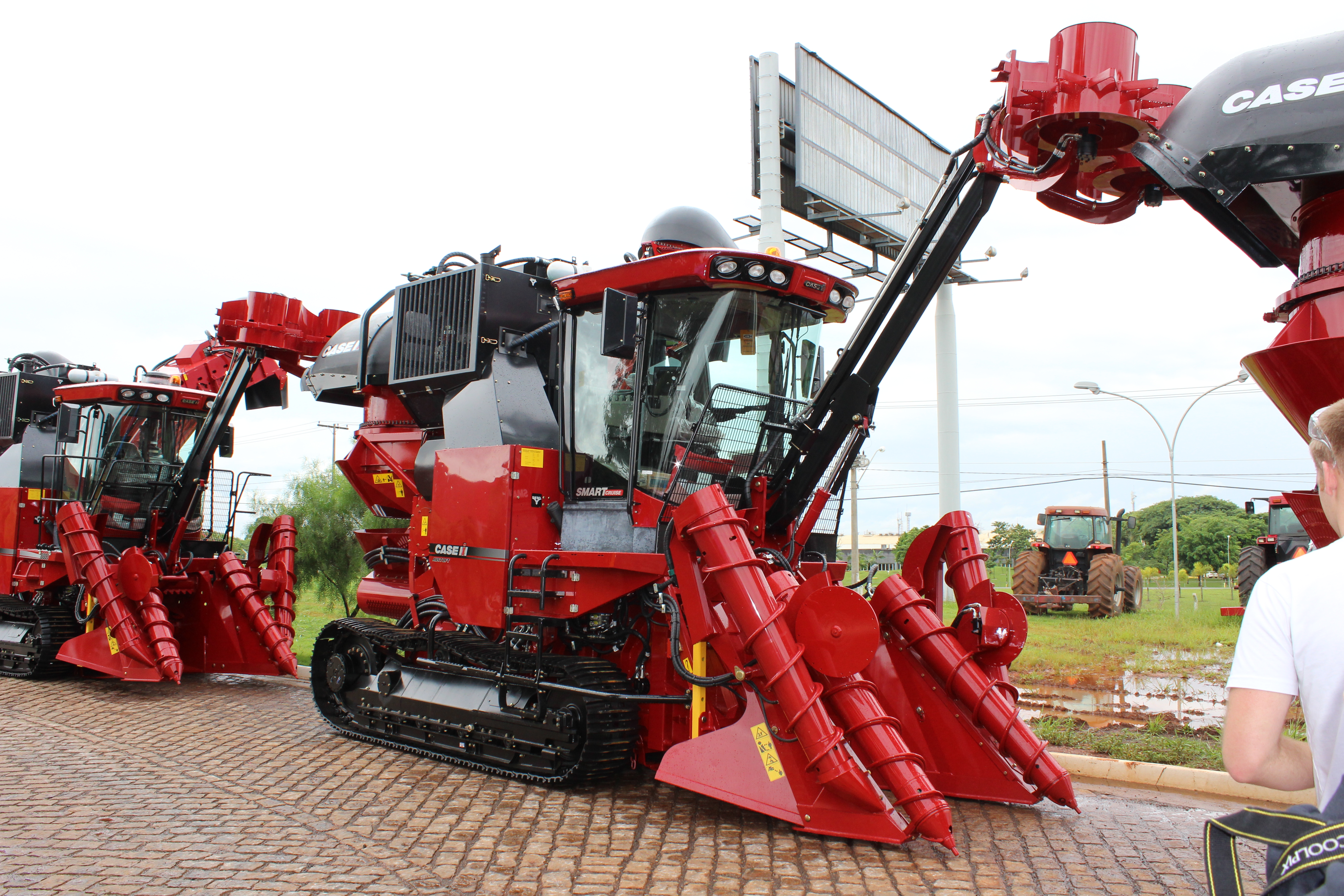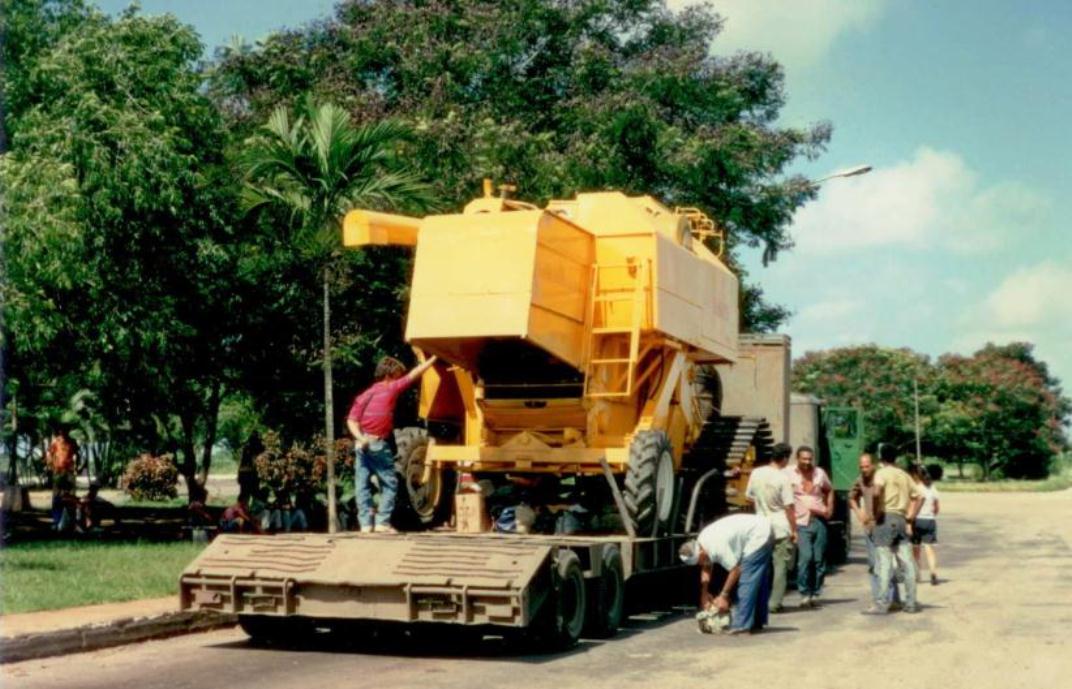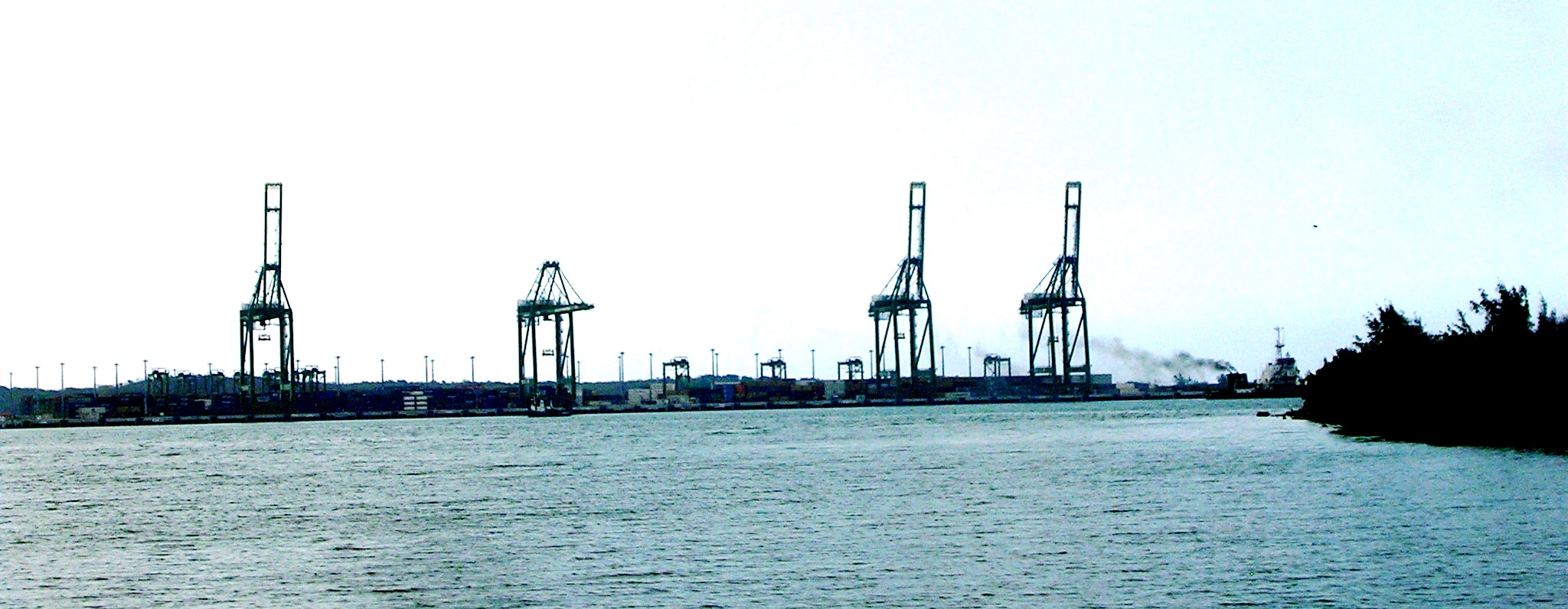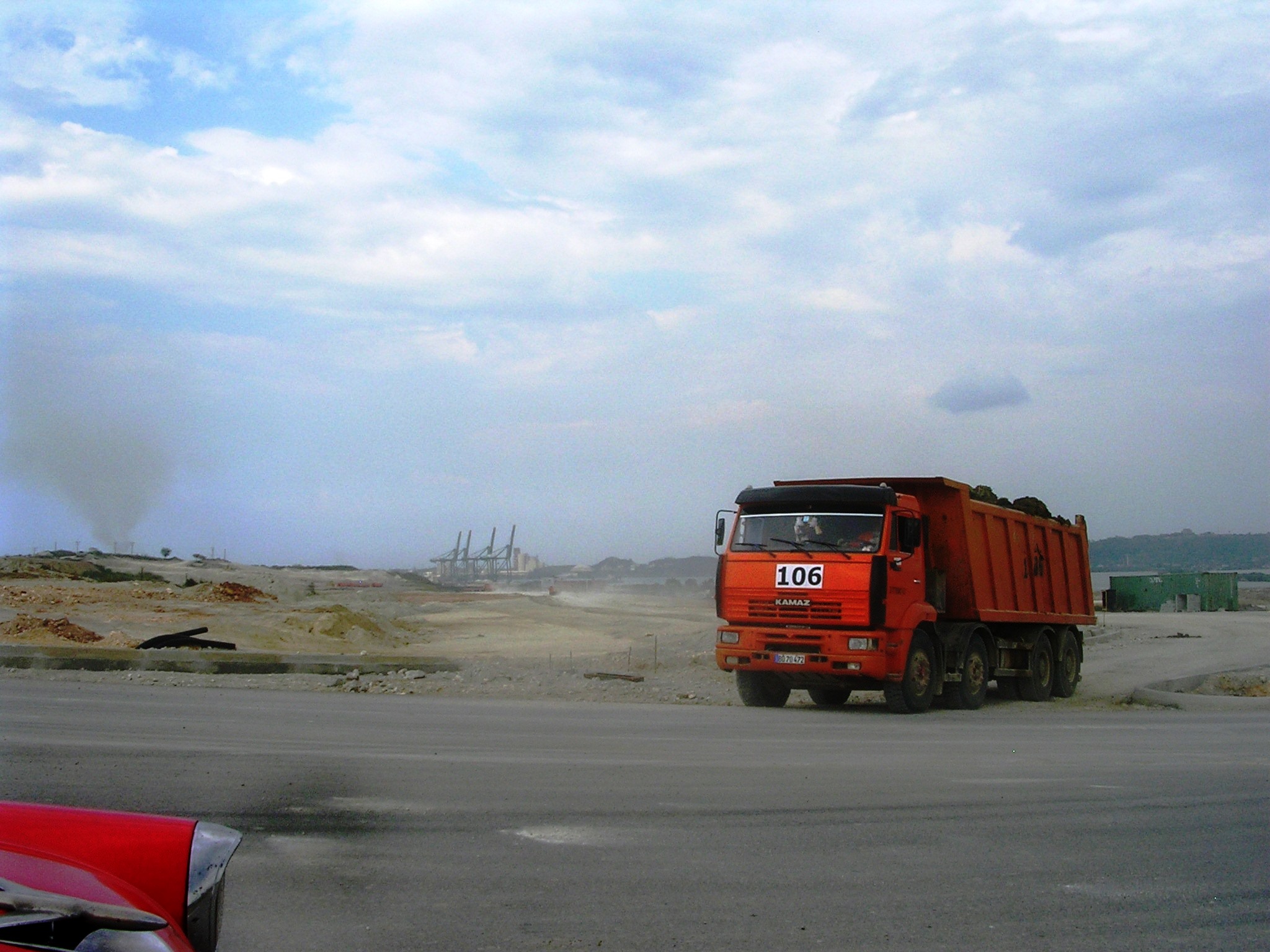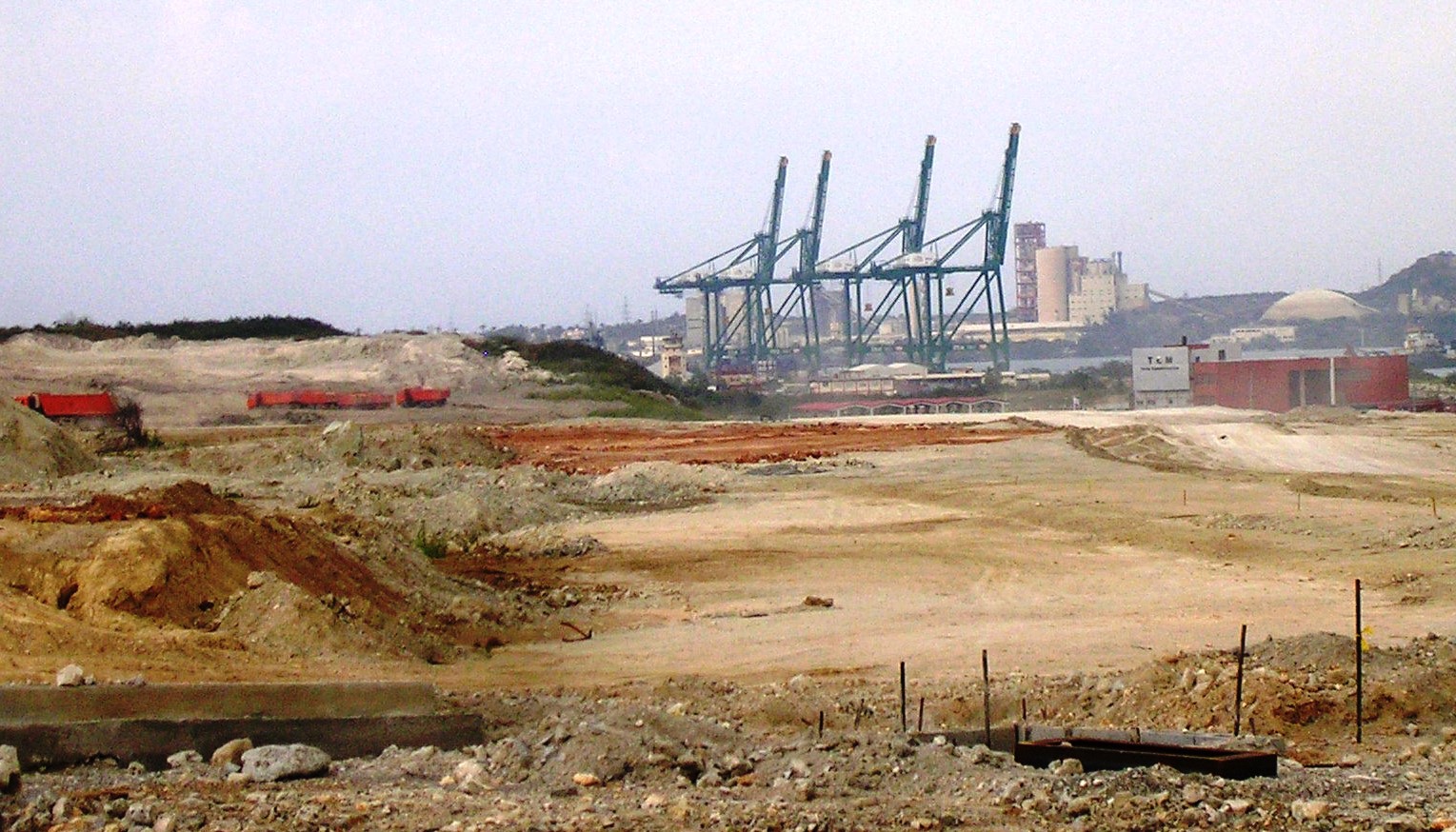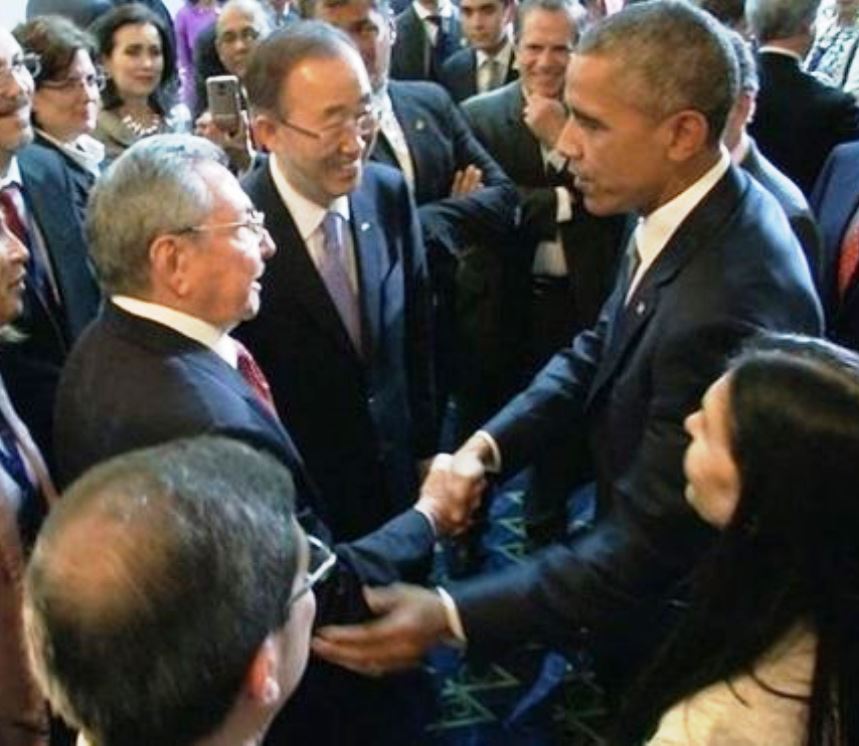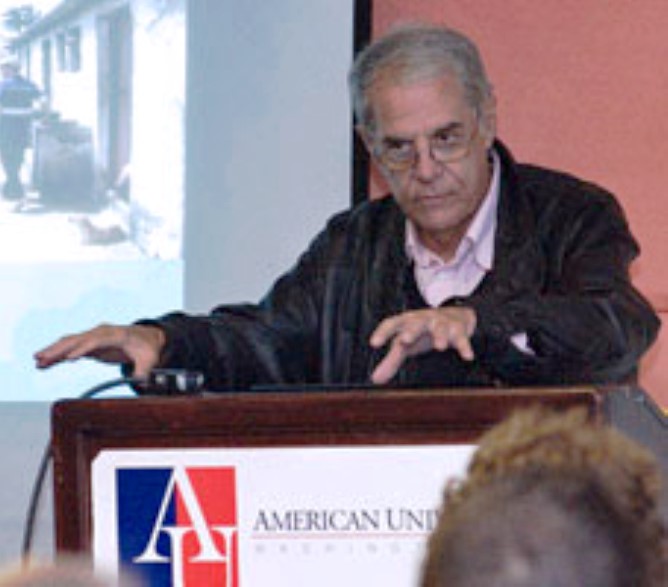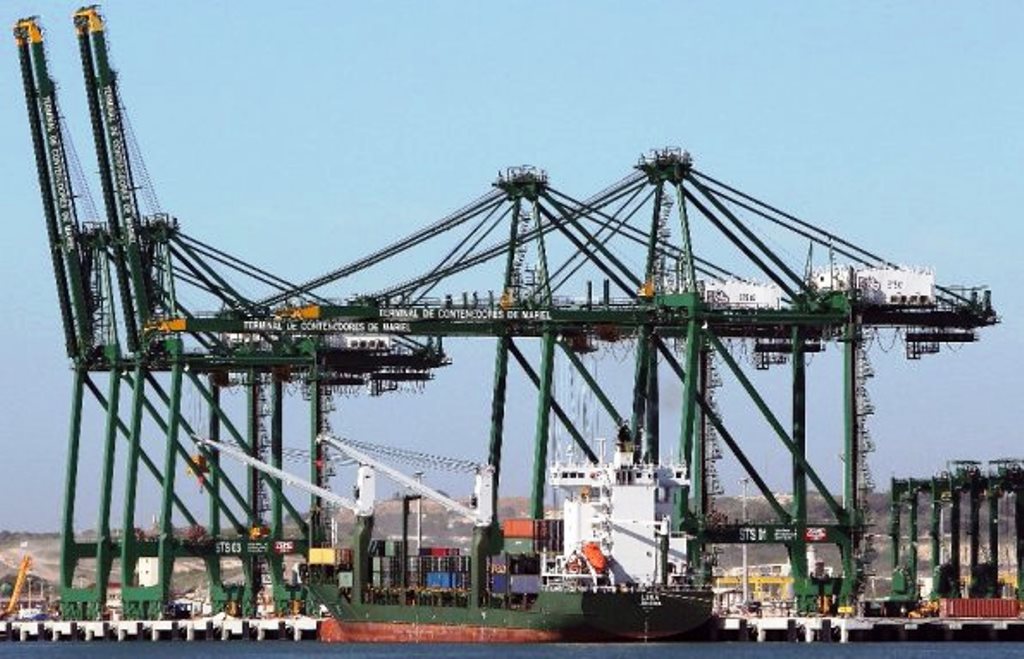CiberCuba 17 Octubre 2021.

Articulo Original: Los Marielitos Y El Premio Nobel
Los patrones de análisis del “caso Mariel” revolucionaron indudablemente los enfoques posteriores sobre la relación entre inmigración, oportunidades de empleo y educación, y consolidaron la fama de Card como un adelantado en el estudio de los mercados laborales.
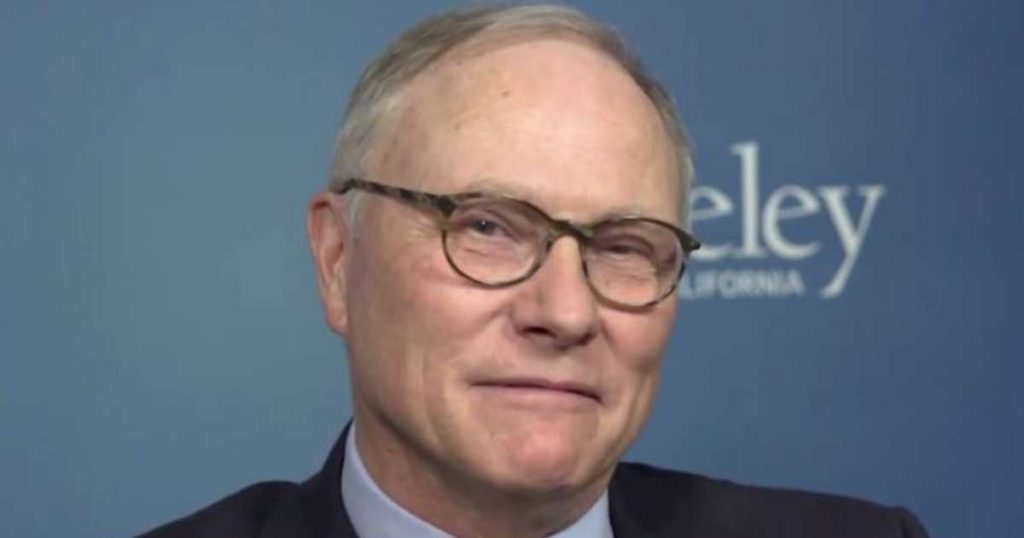
La noticia se escurrió entre los agasajos y las exaltaciones que comporta el nombramiento de un Premio Nobel, pero el tema cubano se asomó este año en la selección de la Real Academia de las Ciencias de Suecia para determinar a los ganadores del galardón en la rama económica.
El pasado 11 de octubre, el Premio Nobel de Economía fue entregado, de manera compartida, al canadiense David Card, y al dúo compuesto por el israelí-estadounidense Joshua David Angrist y Guido Imbens, de origen holandés. Los tres considerados especialistas luminarias en materia de economía laboral.
En el caso de Card, profesor de la Universidad de California en Berkeley, se trata de una personalidad pionera en el uso de una original metodología de experimentos naturales para indagar los efectos de la inmigración y del salario mínimo en el mercado laboral. Pero muchos desconocen que lo que catapultó su fama, consolidó sus hallazgos científicos y lo posicionó como uno de los economistas prominentes en el ámbito internacional fue un estudio realizado sobre el éxodo del Mariel en 1980.
La historia de su interés en el fenómeno de los “marielitos” se remonta a 1983, cuando Card obtuvo un doctorado en Economía en Princeton bajo la tutela del profesor Orley Ashenfelter, uno de los adelantados economistas que se arriesgó a fomentar el uso de métodos empíricos para explorar los mercados laborales. El profesor Ashenfelter motivó a su nuevo estudiante de posgrado a que investigara si los programas de formación para trabajadores desfavorecidos o personas desempleadas resultaban realmente efectivos.
Card terminó por organizar el estudio como un experimento científico aplicando lo que él definió como “métodos estadísticos econométricos más sofisticados” para analizar los datos obtenidos. La investigación obtuvo resultados sorprendentes a los ojos del Departamento de Trabajo de Estados Unidos, que le posibilitó financiamiento para emprender otros proyectos de interés social.
Las bases de experimentación quedaron establecidas para que en 1990 Card viera la oportunidad de realizar una investigación más amplia que abarcara la relación entre los empleos, los salarios y la inmigración. La integración de la fuerza laboral de los marielitos en el área de Miami, que asimiló más de la mitad de los 125,000 cubanos llegados durante el éxodo de 1980, era el laboratorio perfecto para comprobar sus teorías nada convencionales.
Card se dio cuenta de que estaba ante un singular experimento natural que raramente los economistas se disponen a investigar. El foco de su estudio estuvo en indagar el efecto de la oleada de inmigrantes en las oportunidades de empleo de los trabajadores locales de Miami, toda vez que los marielitos aumentaron en un 7% la mano de obra en las ocupaciones e industrias menos cualificadas.
El economista diseccionó la manera en que Miami logró absorber la avalancha de inmigrantes cubanos y comparó los indicadores económicos locales con los de otras ciudades estadounidenses. Los resultados de la investigación causaron una verdadera conmoción en tanto desacralizaban mitos inamovibles sobre el impacto de los inmigrantes en las tasas de desempleo y los salarios.
Luego de estudiar los datos desde múltiples ángulos estadísticos, Card demostró, a contracorriente de las convicciones de varios de sus colegas, que los cubanos recién llegados no tuvieron ningún efecto ni en los salarios ni en los índices de desempleo de los trabajadores no cubanos de Miami, y consiguieron una “rápida absorción” en la fuerza laboral de la comunidad.
La revelación sobre el fenómeno del Mariel en Miami echó por tierra la teoría económica clásica y Card se vio envuelto entonces en un fuego cruzado de críticas. Pero el estudio sobre el Mariel fue durante años el más citado en materia económica en Estados Unidos y foros internacionales, y aún sigue desatando controversias entre sus antagonistas, quienes aseguran que el economista canadiense interpretó erróneamente los datos.
Pero los patrones de análisis del “caso Mariel” revolucionaron indudablemente los enfoques posteriores sobre la relación entre inmigración, oportunidades de empleo y calificación laboral.
En 1995 recibió la medalla John Bates Clark, concedida a “aquel economista estadounidense menor de 40 años que ha hecho la contribución más significativa al pensamiento y al conocimiento económico”, en referencia a su investigación sobre el éxodo del Mariel en Miami.
El comité del Premio Nobel reconoció a Card “por sus contribuciones empíricas a la economía del trabajo”, y justificó su designación con los argumentos siguientes:
“Utilizando experimentos naturales, David Card ha analizado los efectos en el mercado laboral de los salarios mínimos, la inmigración y la educación. Sus estudios de comienzos de la década de los 90 desafiaron la sabiduría convencional, dando lugar a nuevos análisis y conocimientos adicionales. Los resultados mostraron, entre otras cosas, que el aumento del salario mínimo no conduce necesariamente a un menor número de puestos de trabajo. Ahora sabemos que los ingresos de las personas que han nacido en un país pueden beneficiarse de la nueva inmigración, mientras que las personas que inmigraron en una época anterior corren el riesgo de verse afectadas negativamente. También nos hemos percatado de que los recursos de las escuelas son mucho más importantes para el futuro éxito de los estudiantes en el mercado laboral de lo que se pensaba”.
La contribución de los “marielitos” a la sociedad estadounidense está fuera de toda discusión, como también resulta sustancial su aporte al sostenimiento de la familia cubana en la isla. Pero lo que nunca pudo vislumbrar Fidel Castro cuando lanzó la rotunda afirmación de que “no los queremos, no los necesitamos” es que 41 años después de la forzosa estampida estarían reconocidos como una inusual fuerza de renovación en la economía laboral de Estados Unidos, asociados nada menos que a la designación de un Premio Nobel de Economía.
Una conexión cubana que tiene sobradas razones para instalarse en el beneplácito nacional, aunque cueste todavía salir del asombro.
